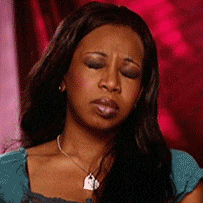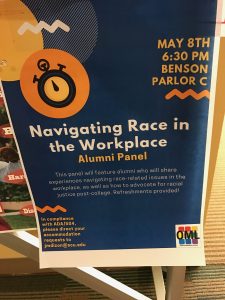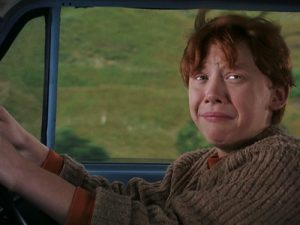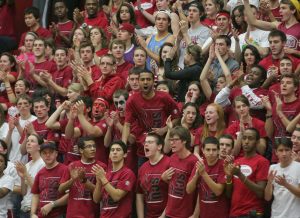Discrimination on college campuses is a well-established research area. Sources touch on the un-equal dynamic between men and women when it comes to sexual assault and safety. They also discuss the tendency of majority white universities to use minority students as statistics.

Source: Giphy
The source that has made the most impact on my research was an article entitled “Breathing Space.” The author, Alex Mikulich grew up with a Jesuit education. Now he is an anti-racist social activist and scholar who looks at how racism functions within Catholicism and the wider society. Because of his background, it makes sense that his essay targets Jesuit universities that fail to educate white majority students about cultural biases and asses their white privilege. Although he is white himself, he doesn’t seem to show any reservation about the acknowledgment of white moral complicity. Regardless, I think that his background provides him with significant ethos.
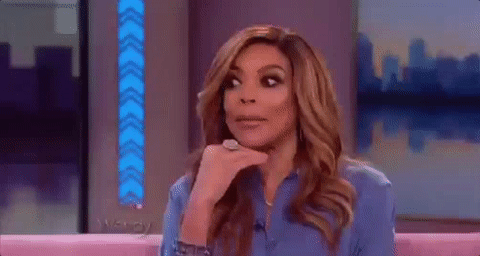
Source: Giphy
Although the arguments vary slightly, each source that I found has an overarching message. Systemic racism and discrimination is prevalent on college campuses today, even though few like to talk about it. Because of so many factors, issues like these are overlooked. All of the information and research is there but only if you are willing to look for it and acknowledge it. Sadly however, unless you are directly affected by some kind of discrimination you are less likely to care about it. Issues of gendered and racial discrimination are also uncomfortable to talk about, and this leads to a gap in understanding because of discomfort.


